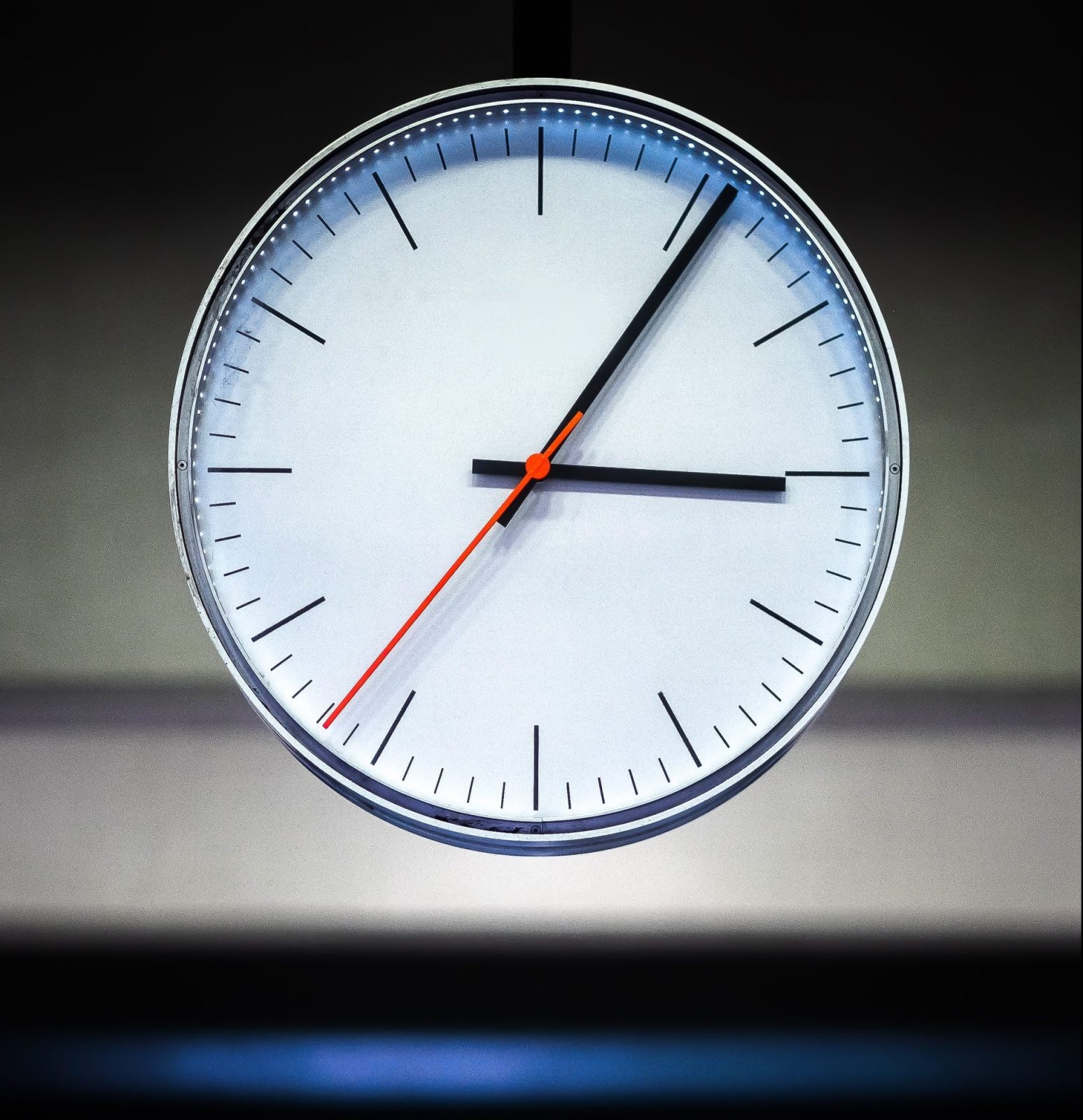Sources of Interference
Contents
The GPS signal is nearly disturbance-proof due to the high transmission frequency of 1.57542 GHz. Very narrow-banded antennas and filters can be used to decode the signal, because the information is transmitted in the phase modulation at constant amplitude.
There are no atmospheric disturbances at great heights. The transmission between layers in the atmosphere can cause time offsets, but only in terms of picoseconds. The data from 4 satellites are used for the calculation of the 3D position. If the antenna has a clear view to the horizon an average of 7 to 9 satellites are visible. That means the time information is 100% available. Even if half the horizon is covered the availability still reaches 90 to 95%. Due to the low transmission power of the satellites and the high frequency the cables between the antenna and the electronics must be short, otherwise the signal cannot be filtered from the noise.
Military ground control stations may interfere with the accuracy of the position calculation for a time. Then some satellites transmit wrong orbit data, from which the travelling time of the data is calculated wrongly. The error in the calculation of the time may amount to some µsec.

